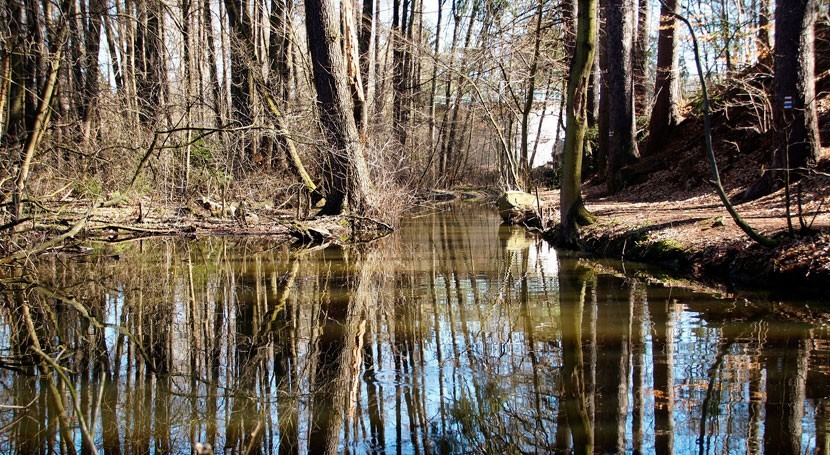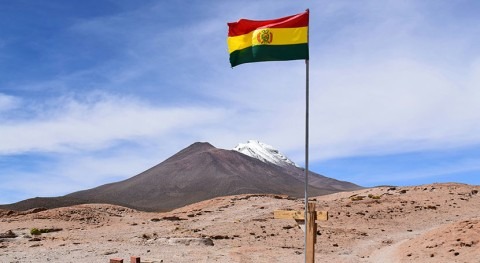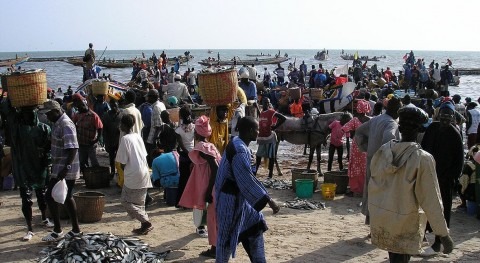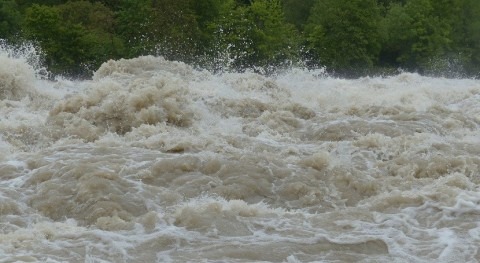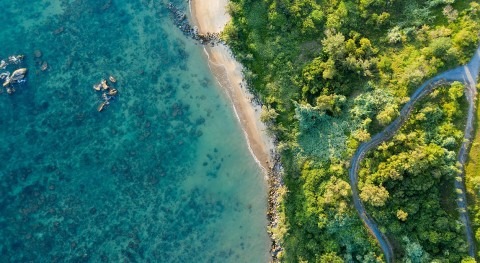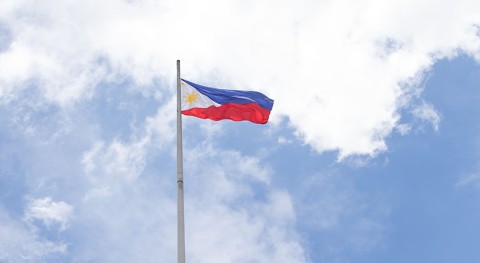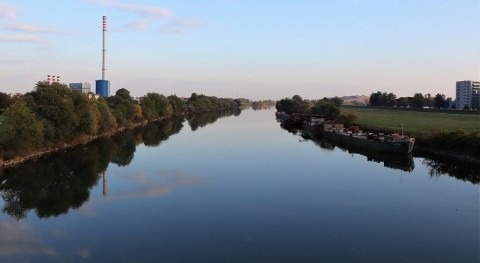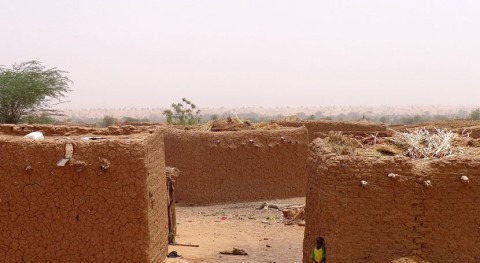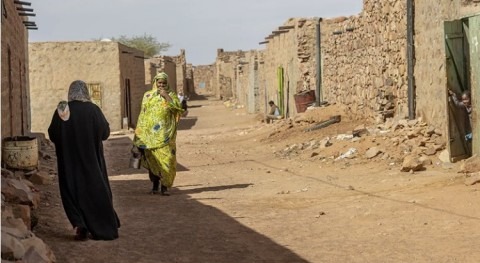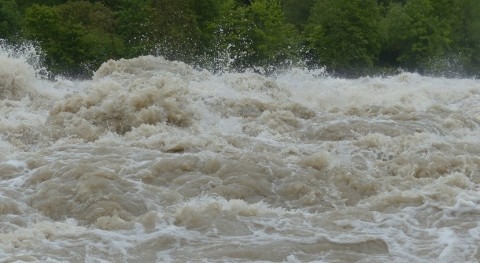A new generation of infrastructure projects that harness the power of nature can help achieve development goals, including water security and climate resilience, according to a new report from the World Bank and World Resources Institute. Both organizations are calling for green infrastructure, such as mangroves and wetlands, to play a bigger role in traditional infrastructure planning.
Integrating Green and Gray – Creating Next Generation Infrastructure shows how weaving the power of ‘green’ natural systems, including flood plains and forests, into ‘gray’ traditional infrastructure systems can lower cost and increase resilience.
“If we help nature then nature can help us – that’s the message of this report,” said Interim President of the World Bank Group Kristalina Georgieva. “Measures like replanting wetlands can shield cities from storms and flooding, and protecting forests improves watersheds. Infrastructure should make use of plants and nature to boost resilience and create a more livable environment."
The report showcases World Bank projects where green infrastructure is already being deployed. For example, in Brazil, forests filter biological impurities to protect water sources and reduce the need for expensive water treatment plants upgrades. In Vietnam, mangroves are used as a first line of defense against typhoons and sea surges, helping to reduce investments in expensive man-made sea dikes. And in Somalia, natural river sediments are trapped behind dams, helping to recharge local aquifers, thus eliminating the need for deep and expensive groundwater pumps.
The report illustrates how emerging technology such as earth-based observations and advanced modelling make it cheaper and easier to design and assess the performance of green infrastructure. It also lays out a new framework for practitioners and service providers to integrate green infrastructure into gray, including technical, environmental, social, and economic dimensions.
The report finds that integrating green and gray infrastructure can help deliver a “triple-win” with benefits for the economy, communities, and the environment.
“Green infrastructure can be cheaper and more resilient than gray infrastructure alone—and it can produce substantial benefits beyond what the balance sheets measure,” said Andrew Steer, President and CEO of World Resources Institute. “These nature-based solutions can help us meet the infrastructure investment gap in a cost-effective manner, while lifting up local communities with benefits in their backyards. We’re at a climate inflection point, and in the midst of an infrastructure crisis. Now more than ever, the world must tap into nature’s wealth.”
The financing demands for global infrastructure are large and growing. Because of its environmental and social benefits, green infrastructure opens new finance opportunities both from public sources via grants and subsidies, or from private sources, such as mission-driven investors that can help tackle this financing gap. Unlocking these new sources of capital, both public and private, can help meet the significant infrastructure investment needs - equivalent to 4.5% of GDP in developing countries - over the next 15 years.
In total, 81 World Bank-financed projects with green infrastructure or broader nature-based approaches were approved between 2012 and 2017. Moving forward, the World Bank will further develop the analytical evidence for the benefits from natural capital in sustaining infrastructure and managing climate risks.
The report was funded in part by the Global Facility for Disaster Reduction and Recovery and the Global Water Security & Sanitation Partnership.
The report is available for download at the following link:https://openknowledge.worldbank.org/handle/10986/31430


